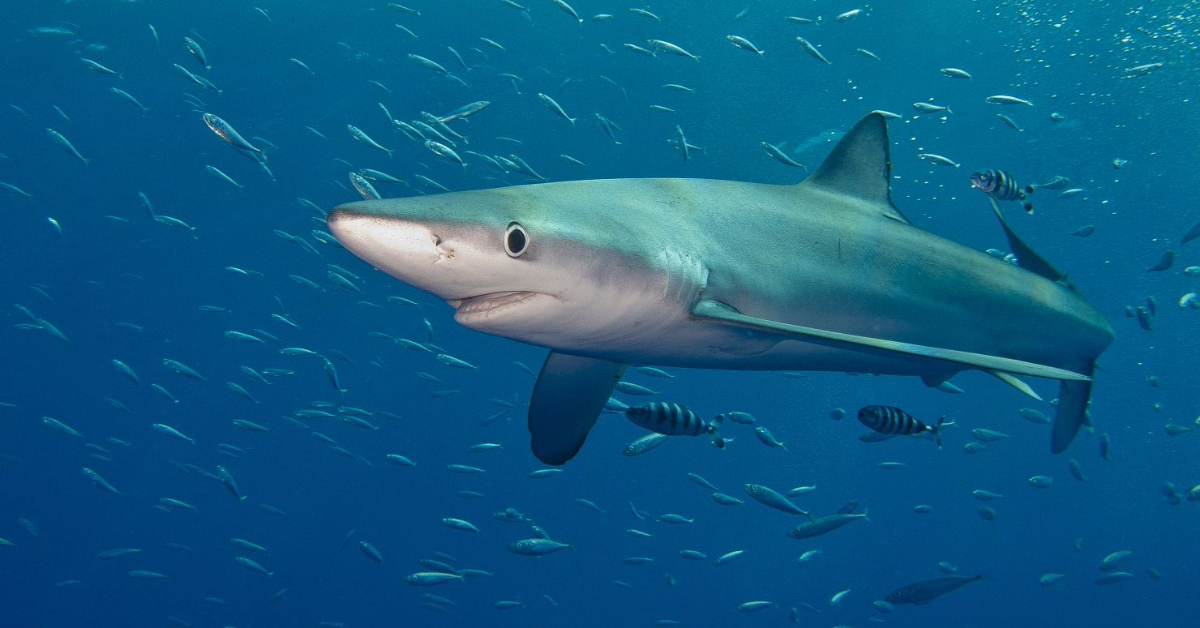Authorities in Los Cabos have raised red flags at Palmilla Beach following sightings of blue and hammerhead sharks, which pose no threat to humans but require safety measures.
Since Friday, shark activity near Palmilla Beach in San José del Cabo has prompted local authorities to issue red flag warnings, advising swimmers to stay out of the water. While the sharks spotted—identified as blue sharks and hammerhead sharks—are not considered dangerous to humans, officials are taking proactive steps to ensure the safety of beachgoers.
Rafael Álvarez Munguía, municipal coordinator of the Federal Maritime-Terrestrial Zone (ZOFEMAT) in Los Cabos, confirmed that the shark sightings are part of an annual pattern observed between June and September. He noted that the presence of a large school of mullet fish, a favorite food source for sharks, likely attracted the marine predators close to the shore.
“When I was notified, I personally went to check it out and saw a school of mullet fish, which are the sharks’ favorite food,” Munguía said. “When they get too close to the beach, it means they’re fleeing to avoid being devoured.”
Munguía emphasized that the species currently near the shore do not pose a risk to humans. Blue sharks, he explained, are not aggressive, especially when compared to more notorious species such as bull sharks, tiger sharks, or great white sharks, which are responsible for the majority of recorded shark attacks worldwide.
“As the responsible authority on the beaches of Los Cabos, what we do is put up red flags to protect beachgoers,” Munguía said. “There has never been a single unfortunate incident in the history of Los Cabos. Shark sightings have always been reported around this time of year, particularly in Palmilla and Costa Azul.”
In previous years, bull sharks—considered more aggressive and prone to human interaction, particularly in murky waters—have been sighted off Costa Azul. Despite their reputation, even bull sharks are featured in dive tours in Cabo Pulmo, highlighting their typically non-aggressive behavior toward humans under guided conditions.
“The bull shark is the type of shark you can dive with; it’s an attraction offered to tourists in Cabo Pulmo,” Munguía added. “You could say they’re docile.”
Still, safety remains the top priority. Munguía explained that his role, along with the ZOFEMAT beach security team, includes ordering all swimmers out of the water when sharks are spotted. Swimmers are asked to remain onshore until the sharks finish feeding and move away from the beach area.
Civil Protection Director Francisco Cota Márquez echoed this message, noting that safety protocols were implemented as soon as the sightings were confirmed. Since Friday, his team has been conducting surveillance operations from El Tule to the community of La Playa.
“So far, we haven’t seen additional marine fauna near the coastline, but we remain on alert for any potential threats,” Cota Márquez said. “We are working together to carry out inter-institutional work to ensure the safety of bathers who visit the municipality’s beaches.”
The red flags will remain posted at Palmilla Beach until authorities are confident the area is safe for swimming. Officials stress that while blue and hammerhead sharks are not known to be aggressive, they still require caution and respect as wild marine animals.
For now, visitors to Palmilla Beach are advised to stay on the sand and follow lifeguard instructions. Local officials will continue to monitor the coastline and update the public as the situation evolves.
Authorities in Los Cabos have raised red flags at Palmilla Beach following sightings of blue and hammerhead sharks, which pose no threat . . .












